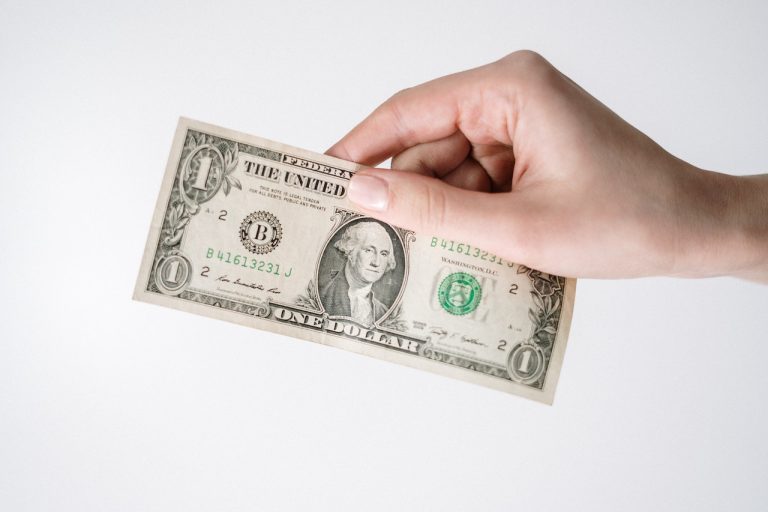Last week we talked about supply-side economics, including what it is and when it has been implemented through policy. This week we’ll go over a macroeconomic theory often referred to as the opposite of supply-side economics because it focuses on the demand side as the key driver of economic growth: Keynesian economics.
What is Keynesian economics?
Keynesian economics was named after British economist John Maynard Keynes who developed this theory as a way to understand the Great Depression. The central belief is that government intervention can stabilize the economy during recessions by increasing spending, and thus demand because every dollar spent by the government results in an extra dollar in economic growth.
Other core tenets of this theory include that prices and wages respond slowly to changes in supply and demand and that inflation is less important than unemployment in regard to its negative impact on the economy. This theory doesn’t advocate for bigger government and is sometimes incorrectly connected to all government spending. Keynes was very critical of the British government for welfare spending and increasing taxes.
Times when it has been implemented
The biggest use of this theory was in response to the Great Depression when President Franklin D. Roosevelt enacted the New Deal program. He increased the federal debt by $3 billion while creating new agencies and putting millions of Americans to work.
This theory advocates for government spending during recessions when consumer demand drops, but some administrations have used it during times of stable economic growth which can cause a boom and bust cycle. The deficit spending in 2006-07 was followed quickly by a recession that then needed more government spending to recover. The Economic Stimulus Act of 2008 which spent $224 billion by extending unemployment benefits, education, and health care, helped end the Great Recession.
A recent example of Keynesian policies are the stimulus checks given to citizens due to the pandemic. These checks, along with many other spending bills over the past two years, were put in place to incentivize people to continue spending to prevent the economy from completely crashing.
Criticisms of Keynesian economics
The biggest argument against Keynesian policies is that overdoing them will result in increased inflation and that economic output is unpredictable. It can be said that Keynesian economics focuses too much on the short-term rather than the long-term ramifications of government spending and many critics argue that by the time government spending kicks in it is too late and the economy was already recovering, thus causing inflation. This could potentially be what we are seeing right now, and is an argument that plenty of politicians are making.
One of Keynes’ thoughts was that to be effective, the extra money the government spends must be borrowed – otherwise, it won’t have any power to boost the economy. Therefore critics believe government spending discourages the private sector from expansion because it is using resources and finances the private sector would otherwise be using






